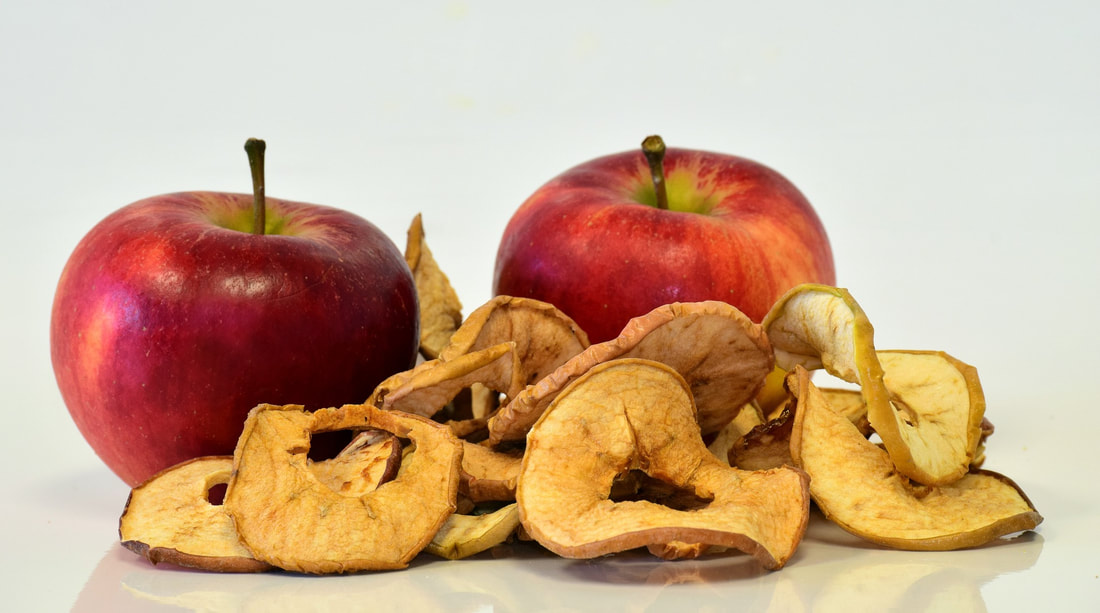|
Depending on the ingredients, these can provide some fiber, vitamins and minerals, but many are just candy in disguise! Fruit leathers are a better bet, but can contain high concentrations of pesticides(1), so choose organic where possible. Look for ones made from whole fruit (not concentrates) and free from additives. To give the numbers below some context, the American Academy of Pediatrics recommends limiting kids' (aged 2-18 years) added sugar intake to no more than 25 grams per day (~6 tsp). In the UK these recommendations are broken down by age, with 4-6 year olds limited to 19 g per day, and 7-10 year olds having no more than 24g per day. The UK guidelines indicated that babies and toddlers (under 4 years old) should avoid added sugars altogether, while the US suggests none for those under 2 years old. If made from real fruit, the sugar in the items below is not considered 'added', but the use of fruit juice concentrates in some products is a grey area - the FDA does consider this 'added sugar' in most cases. Fruit snacks
Fruit leathers
Other options!
0 Comments
Leave a Reply. |
AuthorHi, I'm Amy. I'm a nutritionist in the DC area, working with clients of all ages, focusing on prenatal and pediatrics. I'm all about straightforward, evidence-based health & wellness advice - because life/parenting in the modern world is complicated enough! Categories
All
November 2022
|
Seed to Sapling Nutrition

 RSS Feed
RSS Feed